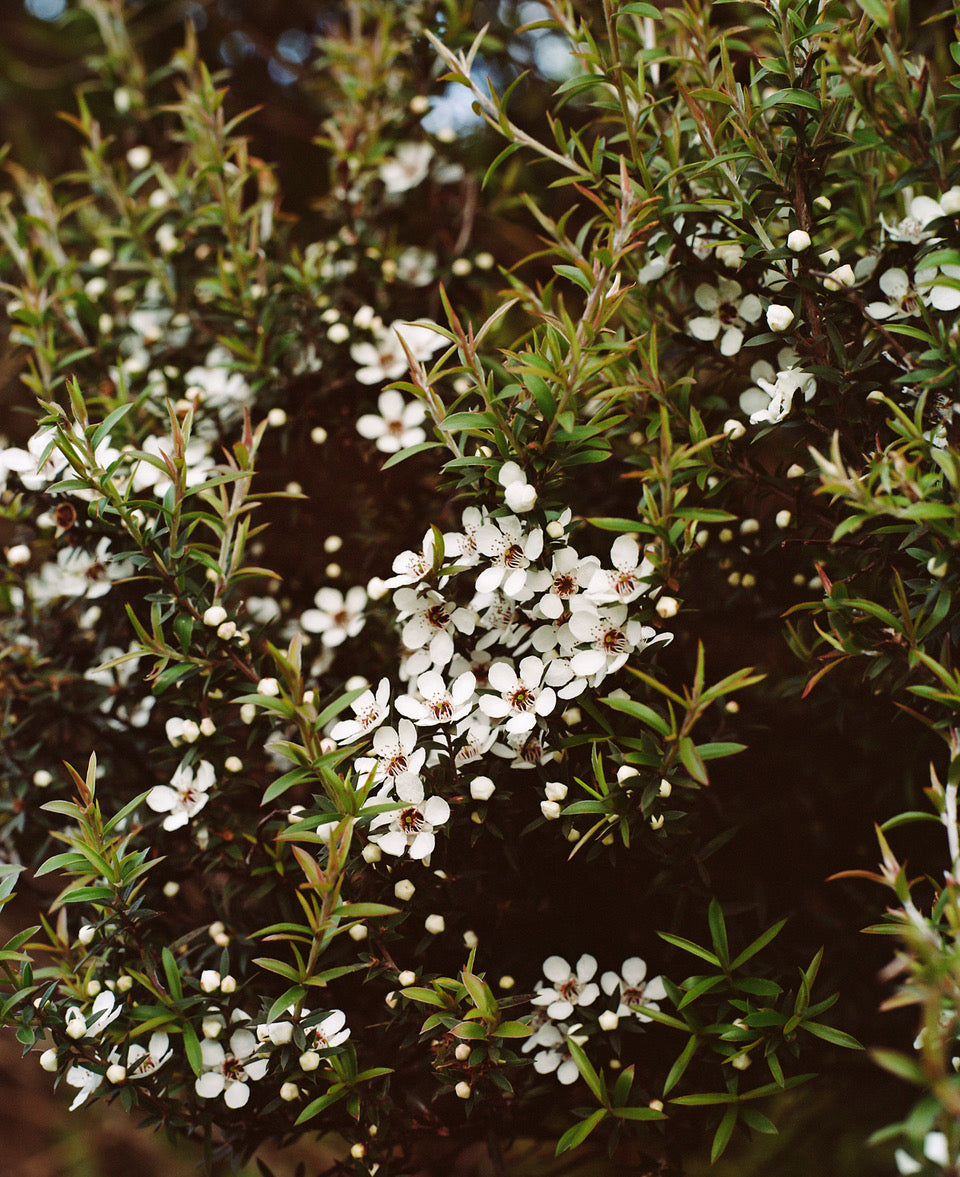
Cultivate Symbiotic Relationships with Bees
By
November 15, 2021
Another reason Mānuka honey is the best…
Bees are treated with the utmost respect in New Zealand. Kiwis are proactive in making sure we continue to cultivate symbiotic relationships with bees. New Zealand is also one of the few countries looking at bees as teachers for advances in biomimicry. Because of their importance, Colony Collapse Disorder does not exist in New Zealand! We actually have an abundance of bees and beekeepers farming honey, but especially Mānuka. Native Mānuka trees are wildly cultivated in pristine, remote regions of New Zealand, which are free of GMOs, pesticides, and urban toxins. Kiwis rotate crops around bee populations, to ensure thriving biodiversity. It is also illegal in New Zealand to use antibiotics around bees, so they are never used during the production or collection of Mānuka honey. Lastly, New Zealand’s Environmental Protection Authority strictly enforces rules such as no spraying pesticides or other chemicals near hives or any plant that will be visited by bees. We are so proud to support our local bee heroes in New Zealand!

Activist is proud to have total transparency with our customers about our environmental and bee sustainability efforts. Here is a list of ways you can contribute to the sustainability of bees:
How can you contribute to the sustainability of bees?
Activist is proud to have total transparency with our customers about our environmental and bee sustainability efforts. Here is a list of ways you can contribute to the sustainability of bees:
1. Buy raw, sustainable honey
Buying raw honey puts money into the pockets of small-scale beekeepers as opposed to large honey companies, which may source honey from producers who do not treat their bees as well. Pay a price that truly represents its value. A bee visits hundreds of flowers to collect pollen that creates this alchemic, health-giving golden ambrosia. Vegans, you do not need to be afraid of hurting the bees when you consume sustainably sourced honey. They are also not harmed in the making of honey. It’s a natural part of their life process. Trust us, you can kill more bees eating from mono-crop large scale industrial farms.
2. Cut out chemicals
Stop supporting agrochemical industries and spraying insecticides, pesticides, rodenticides, etc. around your home and garden. Some pesticides such as, Neonicotinoids, can remain in the soil for years, and work by poisoning the sap and nectar of plants, so that pests which feed on the plant are poisoned as well. This unfortunately poisons the bees and butterflies as well. Bees get confused when they consume insecticides and this disorientation can kill them. Make sure to avoid treating your yard with pesticides, especially when flowers are in full bloom. The contaminated pollen will be collected by bees and taken back to the hive where it could seriously harm the entire colony.
3. Replace with natural pest control
There are so many natural alternatives to chemical pest control. Some great examples are putting up birdhouses to bring birds that eat pests and insects, using water or ladybug houses to eat aphids, or spreading coffee grounds to keep slugs away. Complementary planting within your garden is great way to promote biodiversity and keep the invaders away. Lastly, try looking into Myco-Grow, a revolutionary product that uses fungi for pest control – it has had fantastic results among the cannabis community. There are so many options on the internet or ask your local nursery for advice.
4. Plant a garden
Plant flowers to help promote bee repopulation! It is simple; bees eat pollen, flowers produce it. Bee-friendly plants are easy to grow, such as dandelions and clovers. Just scatter a variety of seeds through your yard and let them bloom with the seasons. Bees prefer flowers that are blue, purple or yellow. Sage, salvia, oregano, lavender, ironweed, yarrow, yellow hyssop, alfalfa, honeywort, dragonhead, echinacea, bee balm, buttercup, goldenrod and English thyme are all wonderful food sources for bees. Flowering trees such as tulip poplars, tupelos, oranges and sourwoods are also great options. Another great tip, plant leafy vegetables in your home garden to go to seed after harvest, as seeding plants are a bee's best chance to stock up on food before the colder months.

5. Write to your local council or representatives
Write and ask them to stop the use of pesticides in public spaces and on public owned land. Ask them to include more bee-friendly plants around the community. Lastly, ask for grants to begin a community garden and start growing food and foliage!
6. Eat local
Support your local farmers and eat organic, local produce. The monoculture system prevents biodiversity from thriving and ultimately not only kills bees, but our entire environment. I think we have a misconception that if you are vegan, you are sustainable. But, eating foods such as drought causing almonds, chemical ridden bananas, and monoculture berries are actually horrible for the environment. We can have a false assumption that if an animal is not involved in the process of production of food, it is automatically healthy for your body and the environment. But truthfully, when we eat vegetables and fruits that are not sustainably or locally sourced, we are most likely contributing to horrible environmental devastation and a greater biodiversity decline among animals and insects. Also, bees help make all the crops we eat, so you are actually eating foods that animals helped produce everyday!
7. Provide shelter
A secure place to live is crucial to solitary and colony bees. Honeybees live in waxy hives and other natural bees make shelter in abandoned animal burrows, dead trees and in underground nest tunnels. You can provide rent-free housing for wood-nesting bees by setting out bee blocks or providing a mound of loose earth.
Activist Mānuka is not dictated by commodity, but by passion for the greater ecosystem. After all, bees are our local heroes and they are truly our environmental indicators.

























